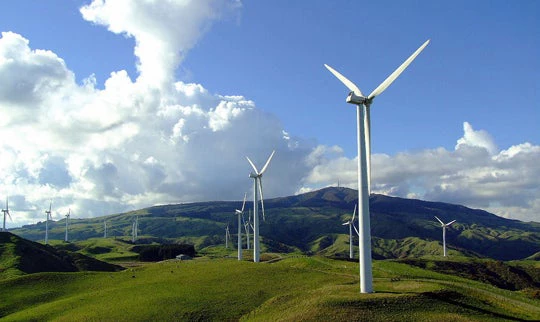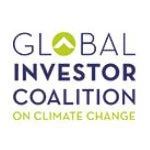By Stephanie Pfeifer, Institutional Investors Group on Climate Change (Europe); Nathan Fabian, Investor Group on Climate Change (Australia/New Zealand); Chris Davis, Investor Network on Climate Risk (North America); and Alexandra Tracy, Asia Investor Group on Climate Change.
The British economist Lord Nicholas Stern has labelled climate change “the greatest market failure the world has ever seen.” Failing to put a price on carbon emissions leaves the market with no way to address the harm created by these emissions. And with no cost attached to a harmful activity, participants in the market have no incentive to pursue less harmful alternatives. Thankfully, this is changing.
About 40 national and more than 20 sub-national jurisdictions globally have implemented or are scheduled to implement carbon pricing schemes. The world’s emissions trading schemes are valued at about $30 billion, with China home to the world's second largest group of carbon markets, covering the equivalent of 1,115 million tons of carbon dioxide emissions, after the 2,309 million tonnes covered by the EU’s Emissions Trading Scheme.
This progress is good news, and furthering the spread of carbon pricing is essential. Putting a price on carbon reduces emissions and the costs associated with these emissions, costs that end up being borne by everyone, including companies and societies, through an array of impacts resulting from climate change.
But a carbon price must provide a strong economic signal which stimulates investment in favour of low-carbon alternatives. A weak price with no long-term certainty does little to encourage low-carbon investment.
This is why an effective carbon price signal is so important for investors. When conventional fuel carries an appropriate cost for its emissions, low-carbon and renewable energy can compete over time on an increasingly level footing.
In addition to encouraging investment in low-carbon generation, a carbon price also provides investors an incentive to pursue other low-carbon activities, such as tilting portfolios away from high-carbon investments, as they have a clearer view of the economic cost of holding high-carbon assets. However without an effective price signal, the same incentives do not exist and investments get delayed or cancelled.
And delays and cancelled projects have been the reality in the EU, where the collapse of the carbon price due to an over-supply of credits has left investors unwilling to invest on the basis of a weak signal and no long-term certainty. However, the struggles of the EU ETS have provided important learnings for other countries and jurisdictions setting up their own schemes.
California’s carbon market – the third largest in the world after China and the EU – includes both a price ceiling and a price floor, and the price has remained within expectations at around $12 a tonne since launch in late 2012. It has also coincided with a growing economy and increased renewable energy investment.
China’s piloting of seven different emissions trading schemes was in part informed by its study of the problems the EU ETS has faced. The lessons of these schemes will inform a national ETS to be launched by 2020. And many carbon trading schemes are looking at the viability of formal linkages, following the example set by California and the province of Quebec earlier this year.
However the global trend towards carbon pricing is not uniformly positive. In Australia, a carbon tax which has successfully reduced emissions and driven low-carbon investment has been repealed.
Carbon pricing is the most cost-effective way of reducing emissions and directing investment away from high-carbon to low-carbon energy projects. But to be effective, the price must be economically meaningful. With the deadline for a global climate deal approaching, we are entering a decisive period for climate action.
Policymakers should seize the learning opportunity afforded by the diversity of emissions trading schemes to establish new carbon markets and improve existing ones. The continued improvement and expansion of carbon pricing is crucial to a low-carbon energy future.
Photo: Generating clean energy in New Zealand. Jondaar_1/Flickr Creative Commons



Join the Conversation